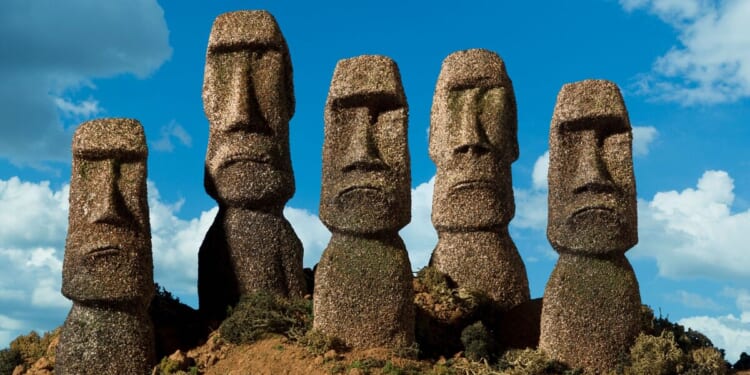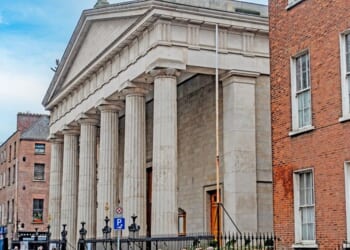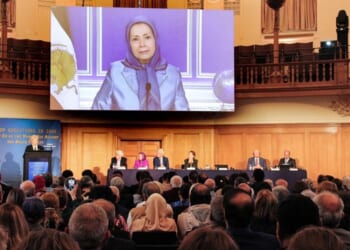The enigmatic giant heads that have captivated visitors to Easter Island may finally have their true creators unmasked, and the revelations are set to stun the archaeological world.
In a groundbreaking new study, scientists have uncovered compelling evidence suggesting that the island’s iconic moai statues were not the work of a single chiefdom, but rather the product of fierce competition between rival clans and families.
The astonishing findings, published in the journal PLOS ONE, challenge the long-standing notion that the moai were carved by hundreds of workers under a centralized authority during the 13th century.
Instead, researchers now believe that each of the over 900 statues, weighing up to a staggering 80 tons, was crafted by as few as four to six individuals from competing groups.
3D model unveils 30 separate ‘workshops’
Using cutting-edge technology, archaeologists have identified 30 distinct “workshops” where the moai were sculpted, each employing its own unique carving techniques and production features. The breakthrough came after researchers deployed a drone to capture a staggering 22,000 photos of the main moai quarry, which were then stitched together to create a comprehensive 3D model of the site.
Professor Carl Lipo of Binghamton University, a leading figure in the study, described the quarry as an “archaeological Disneyland,” adding: “We see separate workshops that really align to different clan groups that are working intensively in their specific areas.”
No central management: Statues transported in different directions
Further bolstering the theory of decentralized moai construction is the startling discovery that the carved statues were transported out of the quarry in several different directions, rather than along a single main route. This finding suggests that there was no overarching coordination of the moai’s movement, reinforcing the idea of competing clans working independently.
Despite these groundbreaking revelations, the reasons behind the creation of the moai and the immense investment of time, resources, and manpower in their construction remain a tantalizing enigma. The latest findings, however, bring researchers one step closer to unraveling the secrets of these awe-inspiring statues.
‘Walking’ moai: Scientists confirm incredible transportation method
The discovery of the moai’s true builders comes hot on the heels of another jaw-dropping revelation: the statues were “walked” across Easter Island using a ingenious side-to-side wobbling motion. Researchers from Binghamton University and the University of Arizona even built a 4.35-ton moai replica, which a team of 18 people successfully “walked” forward 100 meters in just 40 minutes.
As the pieces of the puzzle fall into place, it becomes increasingly clear that the people of Rapa Nui, the indigenous name for Easter Island, possessed a sophisticated clan-based system for creating and transporting their iconic statues. Professor Lipo said: “(This) really connects all the dots between the number of people it takes to move the statues, the number of places, the scale at which the quarrying is happening and then the scale of the communities.”
With each new discovery, the veil of mystery surrounding Easter Island’s giant heads is slowly lifted, revealing a fascinating tale of ancient rivalry, ingenuity, and the indomitable human spirit. As the world watches in awe, archaeologists continue to unearth the secrets of this remote Chilean territory, one jaw-dropping revelation at a time.

















